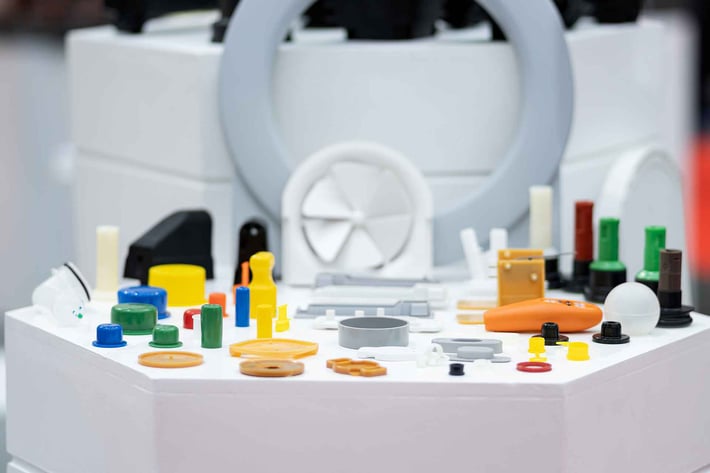
Plastic injection molding services are a reliable, efficient, and scalable method for manufacturing an extremely wide range of different small parts and components. However, like all production methods, the injection molding process poses some unique challenges for small plastic part manufacturers.
In this article, we discuss some of the most common challenges and quality control issues that can arise with custom injection molded products. At AIM Processing, we apply decades of combined engineering expertise and utilize the latest production technology to overcome these challenges, delivering superior injection molded products which are manufactured to your exact specifications.Molding Custom Part Features and Complex Geometries
Small complex molded parts pose some additional manufacturing challenges when compared to simple, more uniform products. Complex plastic components require a more intricate design process to reliably achieve irregular geometries and part features.
For example, wall thickness must remain close to uniform throughout to ensure durability and avoid a defect called “sink”. Simultaneously, extremely close tolerances demand absolute precision throughout the molding process – there literally is no room for error. These objectives are much harder to achieve when working with small, complex internal geometries in which a minor manufacturing deviation can render the entire molded product useless.
At AIM Processing, our small part injection molding services include all of the engineering expertise and design for manufacturability (DFM) processes needed to ensure a successfully molded product produced to the desired specifications.
Threading Plastic Parts and Installing Threaded Inserts
Small threaded plastic parts and threaded inserts pose their own unique manufacturing challenges. If not designed and manufactured properly, the plastic material surrounding threaded inserts tends to crack. In many applications, a single failed insert will render the entire product useless, as it can no longer be reliably installed or mated to other components.
It is sometimes mistakenly thought that the plastic surrounding threaded inserts crack simply due to an inherent brittleness of plastic materials. However, the issue is actually most commonly caused by molded-in stress which is a necessary side effect of the injection molding process.
Through the application of proper design characteristics and high-quality molded plastic materials, AIM Processing manufactures small plastic parts with threaded inserts that will stand the test of time.
Three Common Manufacturing Issues with Small Injection Molded Parts:
Flow Lines – Injection molded flow lines are off-color streaks or patterns or lines that appear unintentionally on the surface of finished parts. Generally, flow lines are the result of varying injection speeds and/or flow fronts: as molten plastic flows through the gate and into the mold, the flow shifts directions & speed and may flow around features such as through-holes.
Flow lines are a natural effect of the molten material working its way into the mold to fill every nook and crevice. However, this quality issue can be mitigated or avoided when the part is properly designed, in conjunction with a capable injection molding machine that is programmed with the optimal speed and pressure required.
Sink Marks – As the name suggests, sink marks are small dents or depressions that tend to form in thicker areas of the injection molded part due to shrinkage of the material as it cools and settles. Sink marks are generally the result of the part cooling in an inconsistent manner due to inconsistent wall thicknesses.
The solution is to use a lower mold temperature, increase holding pressure and cooling time. Even then, there may limitations to the part design that may not be able to eliminate it completely. AIM can help design your small molded plastic parts for manufacturability to facilitate the most efficient cooling processes possible.
Vacuum Voids – When air pockets become trapped inside a molded product, or form near the surface, the resulting “bubbles” are referred to as vacuum voids. Beyond ruining the aesthetics of your products, vacuum voids can potentially compromise their strength and structural integrity.
Generally, vacuum voids result from using insufficient holding pressure while the molten plastic condenses in the mold. In some cases, this may simply be a result of the two mold halves not aligning perfectly. No matter the cause, vacuum voids can be avoided through careful, quality-focused injection molding processes.
Quality Custom Injection Molding Services For Small Plastic Parts and Components
AIM Processing specializes in the manufacturing of small injection molded parts including products with complex components and geometries. As an ISO 9001:2015 registered American manufacturer, we ensure superior quality and consistency from the design stages of your project through full-scale production.

 SINCE 1993 MADE IN USA
SINCE 1993 MADE IN USA 

